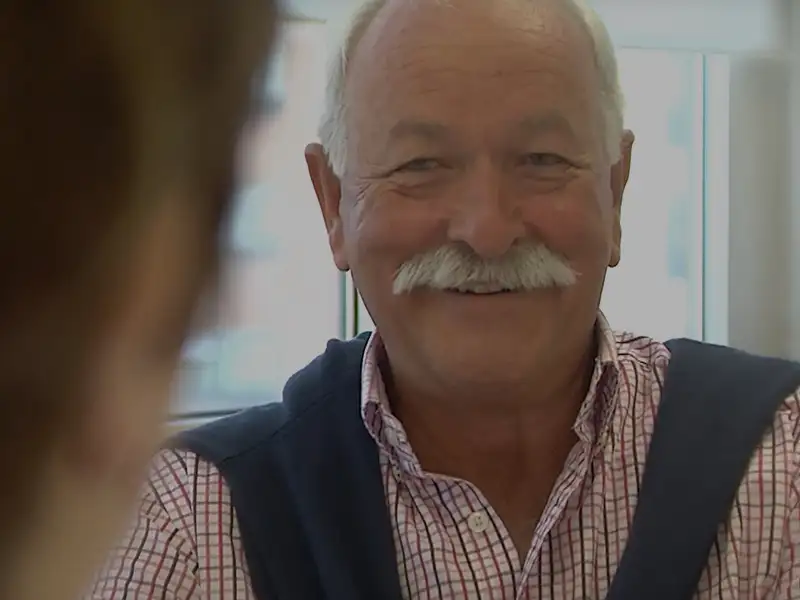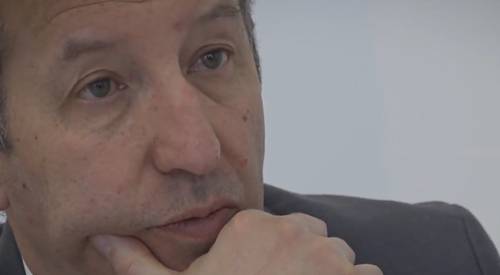Specialized consultation in sleep disorders
SLEEP UNIT | NEUROPHYSIOLOGY SERVICE
CLÍNICA UNIVERSIDAD DE NAVARRA
Sleep disorders are very varied and produce multiple symptoms, affecting physical and mental health and overall quality of life.
Sleeping badly and presenting fatigue and daytime sleepiness can be caused by multiple pathologies. The insomnias, the hypersomnias, the upheavals of the circadian rate, the respiratory and motor alterations related to the dream, have varied causes and can appear combined, producing complex and chronic pictures.
Therefore, it is required a precise diagnosis, appropriate choice of sleep studies to perform, specific treatments and individualized monitoring.
Dr. Elena Urrestarazu, neurologist and clinical neurophysiologist, certified as an Expert in Sleep Disorders by the European Society for Sleep Disorders (ESRS) and the Spanish Sleep Society (SES), is dedicated, in specific consultation, to the diagnosis and treatment of sleep disorders, within the Sleep Unit of the Clínica Universidad de Navarra at its headquarters in Pamplona.
In chronic insomnia, in collaboration with specialists from the Department of Psychiatry and Medical Psychology of the Sleep Unit, non-pharmacological treatment is promoted using cognitive-behavioral therapy techniques.
In addition to the consultation specialized in sleep disorders, a personalized follow-up is carried out between the consultations, via telephone and e-mail, by both the medical team and the specialized nurse of the Sleep Unit.

How are sleep disorders diagnosed?
The polysomnographic study is considered the gold standard for the diagnosis of most sleep disorders.
It is performed on an inpatient basis. Sensors are usually placed to record brain activity, eye movements, air flow, respiratory effort, oxygen, body position, chin and leg muscle activity (in some indications it is also recorded on the arms) and ECG. Sometimes other parameters such as CO2 in blood are also recorded.
In addition, it is recorded on video to study abnormal behaviors or movements during sleep.
The main indication of the polysomnographic study is the diagnosis of sleep apneas, although it is also indicated for the diagnosis of abnormal movements during sleep (for example, periodic movements of the legs), parasomnias (abnormal behaviors) and in some cases of insomnia, especially when a concomitant pathology or poor perception of sleep is suspected.
In patients with syndrome of hardly obstructive hypopneas of the dream polisomnographic studies of qualification of the CPAP are made. In them, in addition to the assembly described above, the patient sleeps with CPAP or autoCPAP so that our team of professionals can assess how the patient responds to this treatment.
The respiratory polygraph is a simplified test for the exclusive diagnosis of respiratory disorders during sleep.
It has the advantage of being home based but is not indicated in patients with suspected other sleep pathologies or other diseases that impact on sleep. The patient is placed at home with sensors that record air flow, respiratory effort and oxygen.
In the case of high suspicion of sleep apneas, if negative, it is completed with a polysomnographic study.
The multiple sleep latency test is used for the diagnosis of hypersomnias of central origin. The main indication is the suspicion of narcolepsy.
It is usually performed after a polysomnographic study in which sleep pathologies are ruled out, such as apneas, which explain hypersomnia.
It is carried out in admission regime. Sensors are placed to register cerebral activity, ocular movements, and muscular activity of chin. The patient is asked to take 4 or 5 naps of 30 minutes every 2 hours.
The time it takes to fall asleep and the sleep phase reached in each nap is evaluated.
The test of maintenance of objective wakefulness aims at the ability to stay awake in soporific situations.
It is usually used to evaluate the effectiveness of the treatment of illnesses with excessive sleepiness such as sleep apneas or narcolepsy.
As in the multiple sleep latency test, sensors are placed to record brain activity, eye movements, and chin muscle activity.
The conditions of the room have to meet conditions of light, temperature and silence that invite sleep. The patient remains lying down and is asked not to fall asleep. Four or five attempts of 20 or 40 minutes are made, depending on the protocol. The time it takes to fall asleep is determined.
Actigraphy is a test that allows the study of the waking-sleep pattern. Also it gives indirect information of several characteristics of the dream like they are the latency of entrance in dream, wakes up, time of dream, etc.
The actígrafo is a species of clock that is placed in the wrist of the non-dominant arm and that measures movement (velocímetro).
It has the advantage that it can be used for days and even weeks in the patient's real life. Currently there are devices that measure light intensity and even body temperature.
Its main indication is the alterations of the circadian rhythm of the sleep-wake cycle, that is, the internal clock. It can also be indicated in some patients with insomnia.


